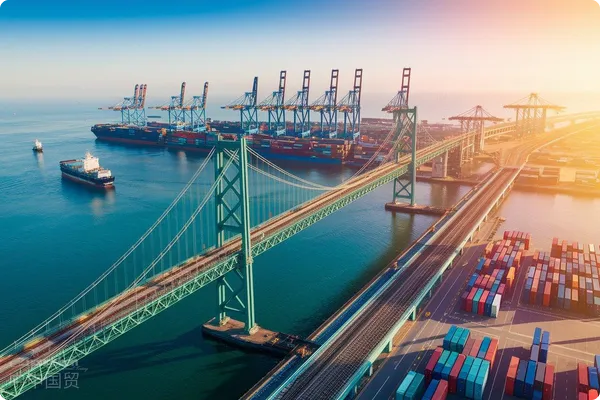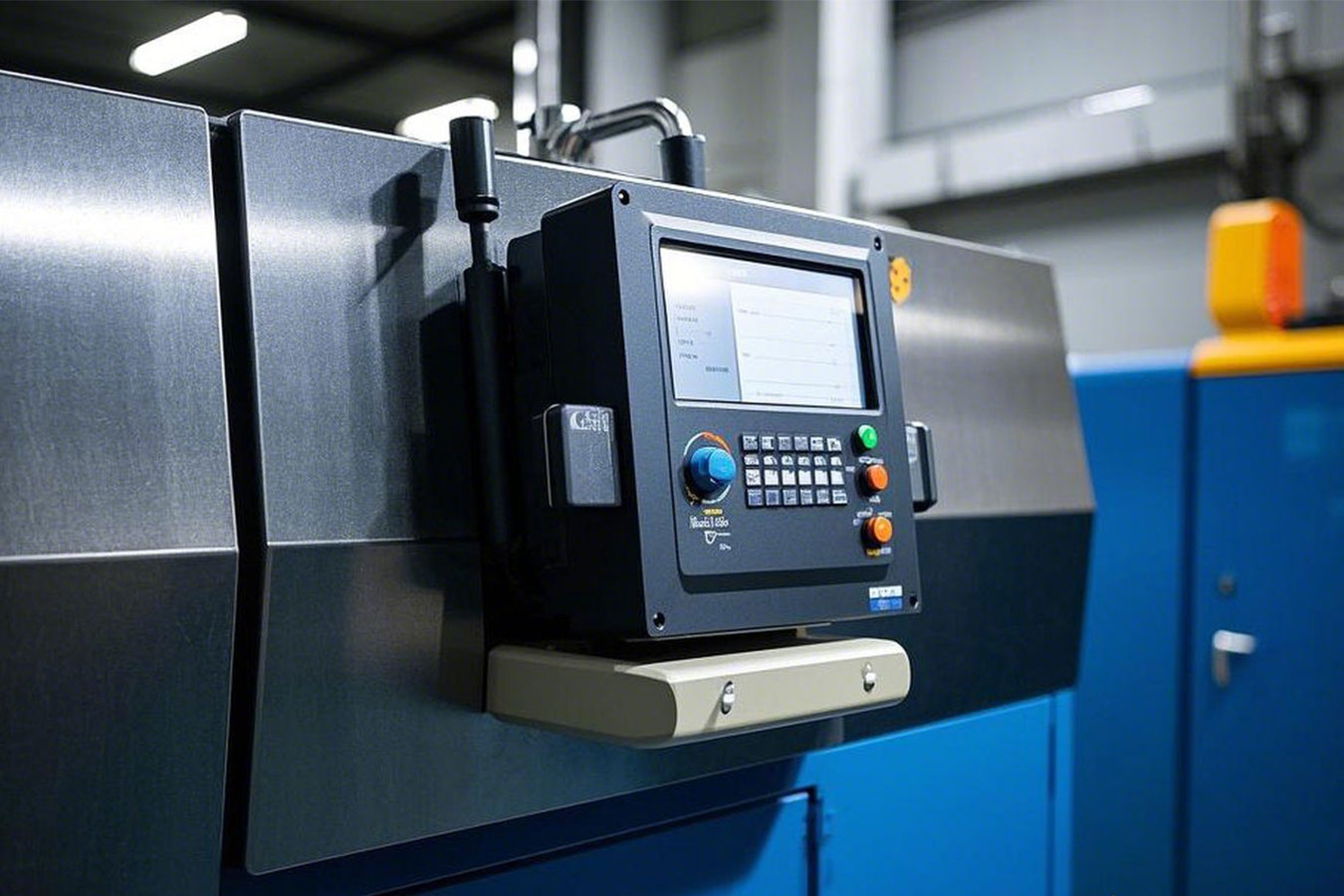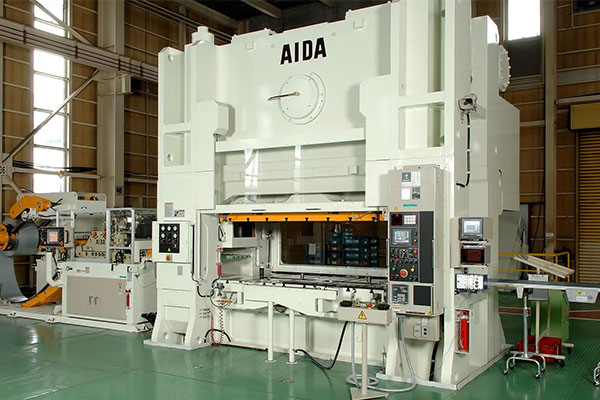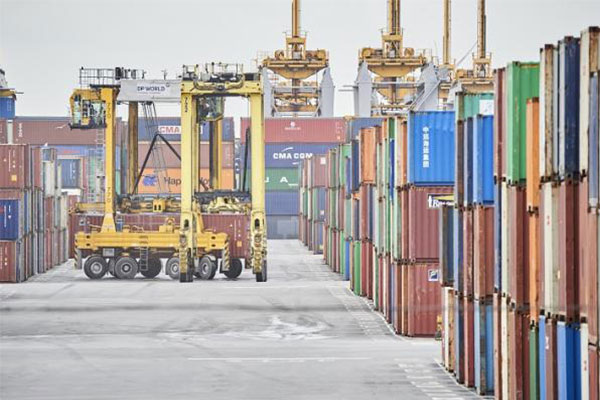- Shanghai Zhongshen International Trade Co., Ltd. - Two decades of trade agency expertise.
- Service Hotline: 139 1787 2118

The Customs Clearance Wisdom Behind an Import Case of a Marking Machine
As a senior consultant who has been deeply engaged inimport and exportWith 20 years of experience in trade, I have witnessed too many cases where companies paid high tuition fees due to a lack of understanding of import procedures. Today, let's take...ZhongShen International TradeTaking the recently handled marking machine import project as an example, let's delve into an in-depth analysis of machinery.Equipment Importskey aspects.
Case Background: German Road Marking Machine Import Project
This batch of road marking machines was procured from a German manufacturer, with a total value of approximately 120,000 euros, and was shipped viaMaritime TransportationThe shipment arrived at Shanghai Nansha Port via [method]. As precision road construction equipment, it involves special requirements such as electromechanical product certification and wooden packaging quarantine. Upon receiving the order, our team immediately initiated a three-step pre-review mechanism:
- HS code pre-classification (finally classified under 8479.8990)
- CCC certification exemption verification
- Analysis of Applicability of Preferential Tariff Rates (China-EU Trade Agreement)
Three Core Preparations for Importing Mechanical Equipment
1. The Construction of a Comprehensive Documentation System
Unlike ordinary goods, the import of machinery and equipment requires the establishment of a dual-layer documentation system consisting of "basic documents + professional documents":
- Basic documents: Proforma Invoice, Ocean Bill of Lading (Ocean B/L), Packing List
- Professional Documentation:It is recommended to verify through the following methods:(Form E), technical parameter sheet, equipment installation manual (Chinese-English bilingual version)
2. The Technical Game of HS Code Classification
The classification process of the marking machine is quite representative:
| Classification approach | Corresponding code | Tariff differences |
|---|---|---|
| According to road construction equipment | 8479.8990 | 8% |
| According to measuring instruments | 9031.8090 | 5% |
| According to the spraying equipment | 8424.2000 | 10% |
We ultimately chose to declare under item 8479. Although the tax rate is higher, it avoids potential regulatory risks in the future. This decision was based on an evaluation of three dimensions: functional description matching, historical customs clearance data, and future inspection risks.
3. Compliance Pathways for Tariff Optimization
Approximately 15% of tax costs were saved for clients through the following methods:
- Applicable to the preferential tariff rate under the China-EU Agreement (reduced from the MFN rate of 8% to 6.5%).
- Separate declaration of core components and auxiliary accessories
- Application for Temporary Import Guarantee (for Exhibition Goods)
Twelve Key Milestones in the Entire Customs Clearance Process
Based on the case of the marking machine, we have outlined the standard process timeline for importing mechanical equipment:
Pre-preparation phase (15 days before arrival at port)
- Signforeign tradeAgency Agreement (Specifying Payment Responsibilities)
- Apply for an automatic import license (O license)
- Pre-entry of manifest information
Port operation phase (post-arrival)
- Switch Bill of Lading Operation (Note the special requirements for Telex Release B/L)
- Pre-entry of customs declaration form (declaration elements must include: brand, model, and purpose)
- Pay taxes (supports customs duty guarantee)
Inspection response strategies
In this case, the triggered destination inspection was promptly resolved through the "Three-Step Response Method":
- Provide supplementary verification materials (including equipment schematic diagrams) within 2 hours.
- Coordinate with German manufacturers to issue a Declaration of Conformity.
- On-site coordination for unpacking (with emphasis on the IPPC mark for wooden packaging)
Experience in handling special cases
During the operation, we encountered two typical issues:
1. Dispute over the identification of new and old equipment
Customs questioned the usage traces of the equipment, and we addressed this by providing:
- Manufacturer's Factory Inspection Report (indicating production in 2023)
- Device Serial Number Query Record
- Original Zero-Kilometer Certificate
Ultimately, it was successfully avoided from being classified as old equipment and subjected to higher tax rates.
2. Technical Parameter Disputes
The declared power shows a 5% deviation from the test report, and we explain this as:
- Rated power vs. actual test environment differences
- Provide the tolerance range permitted by IEC standards.
- Supplement third-party testing agency endorsement
Professional Advice to Importing Enterprises
Based on this case, here are three pieces of advice for companies planning to import mechanical equipment:
1. Establish a product database.
It is recommended that enterprises establish product records containing the following elements:
- HS Code Historical Declaration Records
- Customs Classification Decision for Similar Products
- Key Component BOM List
2. Cultivate awareness of document management.
We have developed a "5+3" documentation checklist:
- Five basic documents (contract, invoice, packing list, bill of lading, insurance policy)
- Three characteristic electromechanical documents (technical parameters, nameplate photos, safety certification)
3. Make good use of trade facilitation measures.
Highly Recommended:
- Pre-declaration mode (declaration can be made 3 days before arrival)
- Summary Taxation Policy (Monthly Tax Settlement)
- Tariff Guarantee Insurance (Alternative to Bond)
Conclusion: Leave professional matters to professionals
The successful customs clearance of the marking machine case once again validates the industry rule that "30% depends on the product, 70% on the operation" for importing mechanical equipment. Leveraging their precise grasp of customs supervision policies, the ZhongShen International Trade team helped the client achieve compliance while ensuring:
- The overall customs clearance time has been reduced to 72 hours.
- The comprehensive tax and fee costs have been reduced by 23%.
- Achieve zero records of administrative penalties
If you are planning a mechanical equipment import project, feel free to contact our expert team for customized customs clearance solutions.
Related Recommendations
? 2025. All Rights Reserved. Shanghai ICP No. 2023007705-2  PSB Record: Shanghai No.31011502009912
PSB Record: Shanghai No.31011502009912










